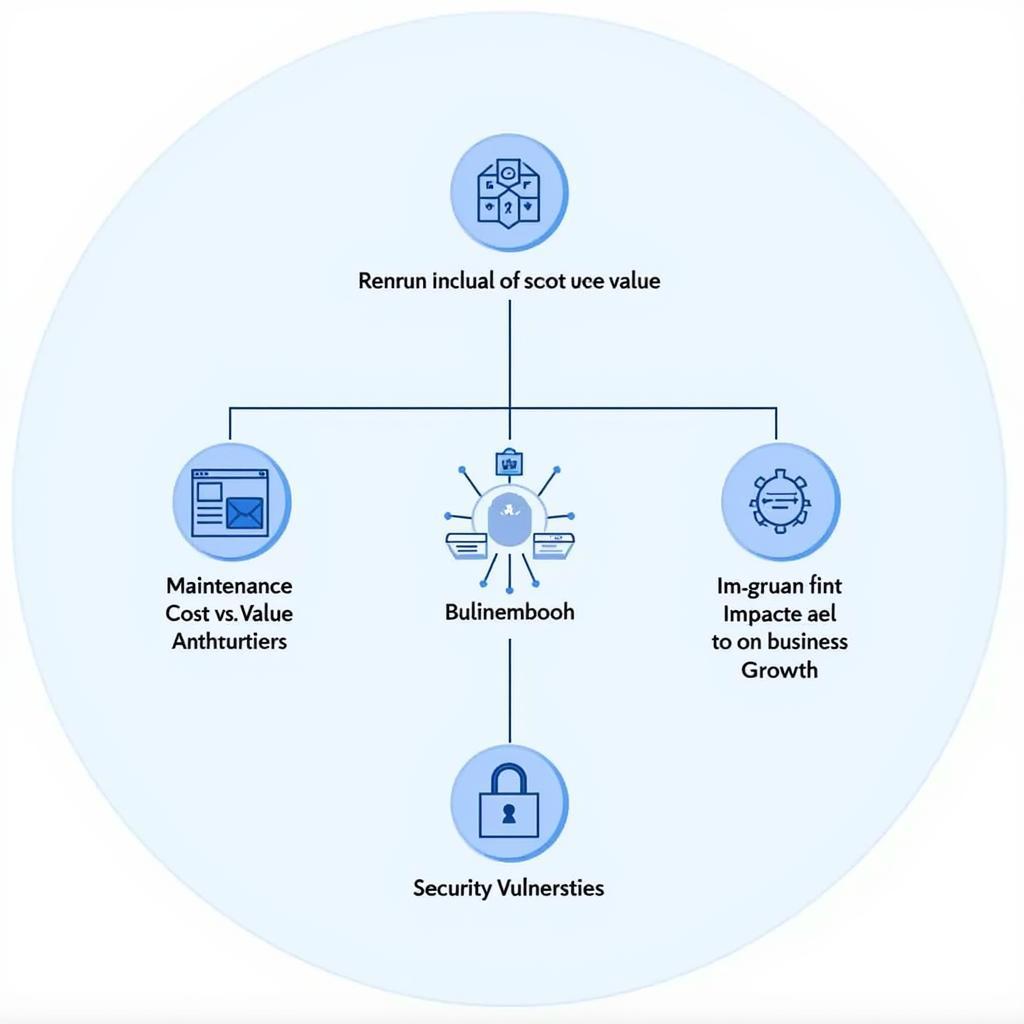Exploring the Concept of an Heirloom Application
October 30, 2024Heirloom Applications are those legacy systems that, despite their age and often outdated technology, continue to provide critical business functions. These applications can be a double-edged sword. They often represent significant investments and hold invaluable historical data, but they can also be difficult and costly to maintain, upgrade, or integrate with modern systems. Understanding how to manage these systems is crucial for any organization reliant on them.
The Challenges and Benefits of Maintaining Heirloom Applications
Maintaining heirloom applications presents a unique set of challenges. Often, the original developers have moved on, leaving behind limited documentation. The underlying technology may be obsolete, making it difficult to find skilled professionals to work on it. Furthermore, integrating these systems with newer technologies can be a complex and expensive undertaking. However, despite these challenges, heirloom applications often hold significant value. They may contain irreplaceable business logic and historical data crucial for decision-making. Replacing them entirely can be prohibitively expensive and risky.
One key benefit is the deep institutional knowledge embedded within these systems. They often reflect years of business processes and optimizations, representing a valuable asset. Another advantage is their proven stability. Having run for years, they’ve often weathered various business cycles and technological changes, demonstrating their reliability.
Strategies for Managing Heirloom Applications
There are several strategies for managing heirloom applications effectively. One approach is encapsulation, which involves wrapping the legacy system with a modern interface, allowing it to interact with newer systems without requiring significant changes to its core code. Another strategy is refactoring, which involves gradually rewriting sections of the application in a more modern language or framework while maintaining its functionality. A third option is complete replacement, which involves building a new system from scratch to replace the legacy application entirely. This is often the most expensive and time-consuming option but can offer significant long-term benefits.
Choosing the right strategy depends on various factors, including the application’s complexity, its business value, and the available resources. Understanding the strengths and weaknesses of each approach is crucial for making informed decisions.
Modernizing Your Heirloom Application: A Step-by-Step Guide
Modernizing an heirloom application can be a daunting task, but a structured approach can make the process more manageable. Here’s a step-by-step guide:
- Assessment: Thoroughly evaluate the application’s current state, including its functionality, performance, and dependencies.
- Planning: Develop a comprehensive modernization plan, outlining the chosen strategy, timeline, and resource allocation.
- Implementation: Execute the modernization plan, carefully testing and validating each step of the process.
- Monitoring: Continuously monitor the modernized application to ensure its performance and stability.
This structured approach ensures a smooth transition and minimizes disruption to business operations.
When to Consider Replacing an Heirloom Application
While maintaining existing systems can be beneficial, there are times when replacement is the best option. If the cost of maintaining the application exceeds the value it provides, or if it hinders business growth and innovation, it may be time to consider a replacement. Security vulnerabilities in outdated technologies can also necessitate a move to a more secure modern platform.
 Heirloom Application Replacement Considerations
Heirloom Application Replacement Considerations
Conclusion
Heirloom applications represent a significant investment and often hold critical business data. Managing these systems effectively requires a careful balance between preserving their value and adapting to evolving technological landscapes. By understanding the challenges and benefits, organizations can make informed decisions about how to maintain, modernize, or replace these vital systems, ensuring their continued contribution to business success. Choosing the right strategy is crucial for leveraging the power of these legacy systems while mitigating the risks associated with outdated technology.
FAQ
- What is an heirloom application?
- Why are heirloom applications important?
- What are the challenges of maintaining heirloom applications?
- What are the different strategies for managing heirloom applications?
- When should you consider replacing an heirloom application?
- What are the benefits of modernizing heirloom applications?
- How can I assess the current state of my heirloom application?
For support, please contact us: Phone: 0915117117113, Email: [email protected] or visit our address: Hamlet 3, Binh An, Phu Thuong, Vietnam, Binh Phuoc 830000, Vietnam. We have a 24/7 customer support team.